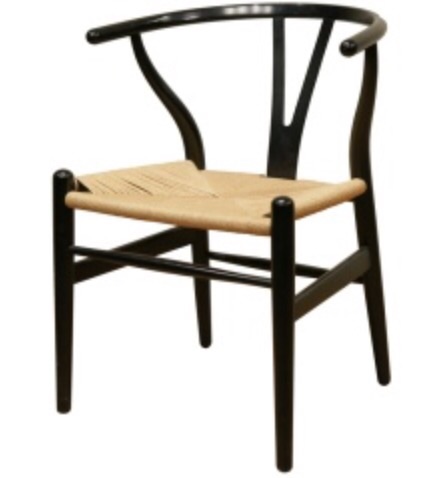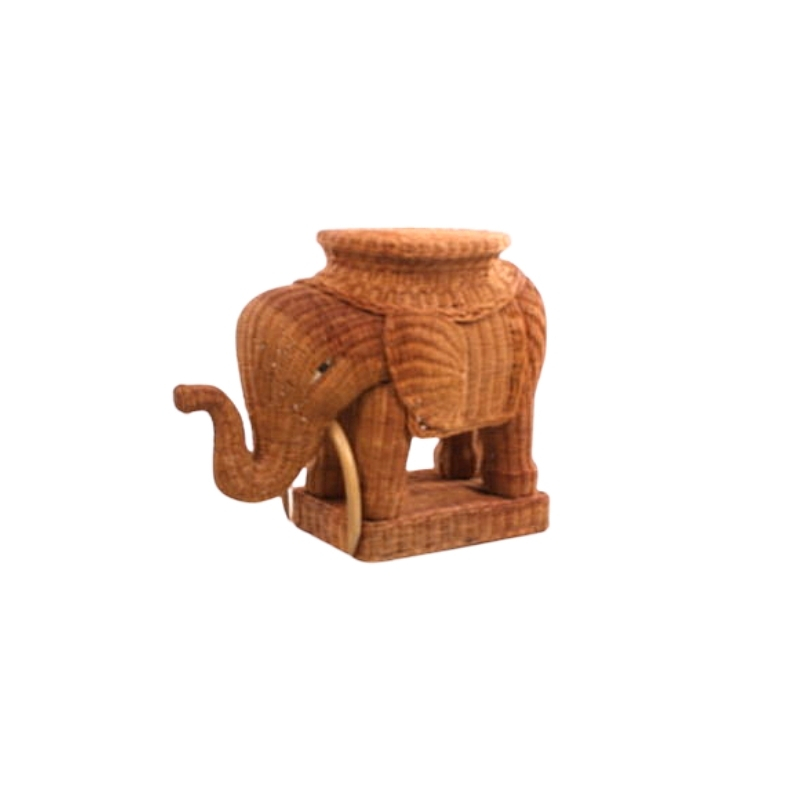If you are going to go to the trouble of sanding the oil off and refinishing, you might consider studying the original, factory proper finish and duplicating it. If Ole Wanscher was happy with it, maybe that means something. It is perhaps the only finish everyone here would agree deserves to be on there. (Even if they might actually might another finish more, as I would).
Also, it may not be possible to go to a clear oil finish from the finish it has. The color may have soaked in deep enough in random places that it would not be advisable to sand that much wood off.
Sanding is a lot of work. You use a coarse grit to remove all the stained wood and then progressively finer grits to smooth the roughness out. And in the end, you have a vintage chair that is essentially new wood: no patina at all.
Beech was often finished with black lacquer or clear lacquer with pigment added to give the beech the look of teak or walnut. On its own it ages to a sort of peachy color that I personally am not crazy about.
I don't find the grain very interesting either---not that my opinion on that matters much! Though I do think that most Danish designers considered it a more utilitarian wood, not one to showcase in most of their pieces.
Some classic Danish pieces were and still are offered in black lacquer (not the same as paint, by the way)--- including the lounge chair version of your rocker! Though I guess the one here could have been refinished. The description did not mention it if it was.


I have seen a catalog for early France and Daverkosen, and this rocker is in it. There is no mention of a black lacquer finish. It is my belief that this early France and Daverkosen stuff only came with one finish, which was a medium brown semi-opaque finish (it had to be semi opaque, as I said above, to get a uniform finish).
I think that the black lacquer finish was more common with designs produced by FDB.
If you take a look at this article, the suggestion to use a gel stain or a washcoat underneath a gel stain results in a semi opaque finish that is substantially similar. I am sure the Danes had a different way of doing it, but the concept was the same/similar.
http://www.woodworkerssource.com/blog/tips-tricks/finishing-tips-for-bee...
leif ericson- The article is very helpful, thank you. Finishing beech looks a little more difficult than other woods. I suppose the initial finish was likely applied with a toner to make the color even. Do you think they mixed it with a varnish or ?? and sprayed it on? The exposed portion does have a look of teak, but may have changed over time. I guess at this point I will probably drop the desire to make it look original in favor of making look it's best. Yet I'm still not ready to apply an ebony finish (yet).
It actually looks like it may be fun to try and refinish this piece. I worry that I may drive myself crazy trying to perfect the color (evenly) and being satisfied with my initial color choice. I like his final example with the dye/glazing technique. What do you think of that one and what do you think would be the best coloring to shoot for? I would like the chair to look original but I have no desire to make it look like teak. I have a house full of teak & medium walnut and would prefer the chair to stand out as a individual piece.
I don't particularly want to spray it either. I'd prefer to do it by hand if that matters.
Thanks
I think it is entirely possible that the Danes used a technique like that. The important point is that a tinted danish oil finish will not create an original looking finish because of the how Beech unevenly absorbs tinted oil.
Selig chairs that I have been forced to re-finish due to water damage seemed to have a thick layer of stain as their first coat (which unevenly absorbed into the beech). And then over that a thick layer of clear finish was added. It is possible that the first layer could have been an aniline dye and then a thick stain; I don't know. But basically the lower colored layer was thick enough that it was semi-opaque and covered over the wood uniformly diminishing the natural appearance of the wood (and especially the rays).
You should also bear in mind that these finishes change color over decades as UV light burns out the darker colors. For instance many Selig pieces finished in "Saddle" stain have become slightly green-ish. So the color you are looking at on a piece with an "original" finish may well not be the original color.
I would definitely go down the road of an ebony stain.
I have had a couple of experiences with trying to get dark stain out of beech..both of them bad.
The first was the beech base of a Wegner heart table that had been painted black. I tried everything including sanding and oxalic acid but never got rid of the slight shadow trapped in the fiber of the grain.
The other was the beech treads on the stairs in my house. This time more of a black stain had been used rather than paint. I ended up taking a belt sander to them which must have taken a few mill off the surface. They look much better however there is still some residual shadowing to the grain.
Why do people feel the need to paint over perfectly nice timber?.
That's true. Painted wood is a frequent subject of my complaints. Although i do see a slight contradiction in your recommendation to cover the beech with an ebony finish (no offense). And yes, I do realize it is not paint.
Perhaps once I sand the chair down, I will have a better idea of what is possible. If I can not remove the color with a light to moderate sanding, there may not be another option. I am still wondering if a stripper type scrubbing or any other process that might lighten the wood to start? Is this a bad idea? It was actually suggested by my local wood doctor. There chair does not appear to have any sealer or finish other than the stain (perhaps it was a combination stain/sealer), but "Woody" seemed to think a stripper scrub would lighten the chair and may reduce the sanding.
I've used aniline dye followed by a good quality, penetrating oil stain of the same color and had nice, even results with Beech. That's what I would suggest. It would be a pain to sand that entire chair evenly... I would try giving a healthy dose of liquid stripper before you go the sanding route... fair chance that most of it comes off.
I would not expect much from stripper, but if you do, go straight for the heavy stuff with methylene chloride (just read the label). It is hard enough getting every surface on a chair, so getting them all 3-4 times with a soy or citrus stripper will be particularly onerous. The methylene chloride stripper will probably do what it is going to do the first time around.
You will then probably need to sand.
I expect you will then still see areas where color has seeped in.
And there is one other thing you can use here that will probably be effective. Two part wood bleach. It is dangerous stuff. And It is not easy to buy. I found no problems find thing two parts separately, though. Part A is crystalline 100% sodium hydroxide AKA lye, which is available as a drain cleaner. Part B is 30% hydrogen peroxide, which is sold in some natural food stores. (This is not normal pharmacy grade hydrogen peroxide, it is 30%). You would don a space suit, mix up some lye, and paint it on. Then when it dries you would apply the hydrogen peroxide. Again wearing the chemical protection space suit, seriously.
It will bleach the color right out of the wood. But since beech is nasally light it wouldn't really look much different than when it was fresh cut.
Then you have to add the color back...
"Although i do see a slight contradiction in your recommendation to cover the beech with an ebony finish (no offense)."
None taken. If it was up to me, I'd get it redone in black lacquer by a professional (because if I did it there would be drips and sags, guaranteed). I hate when people ruin beautiful wood by painting it. I hate it! But this is beech, which I personally don't consider to be a gorgeous wood, and it's been stained, which renders it way less good-looking. My experience with removing wood stain has been pretty bad, and I'm at a point in my life where I would rather just make the best of it. I also happen like black lacquer a lot---not everything black lacquered, but one chair in a room can be a real standout.
I hope that clarifies my stance. Carry on.
If you need any help, please contact us at – info@designaddict.com









